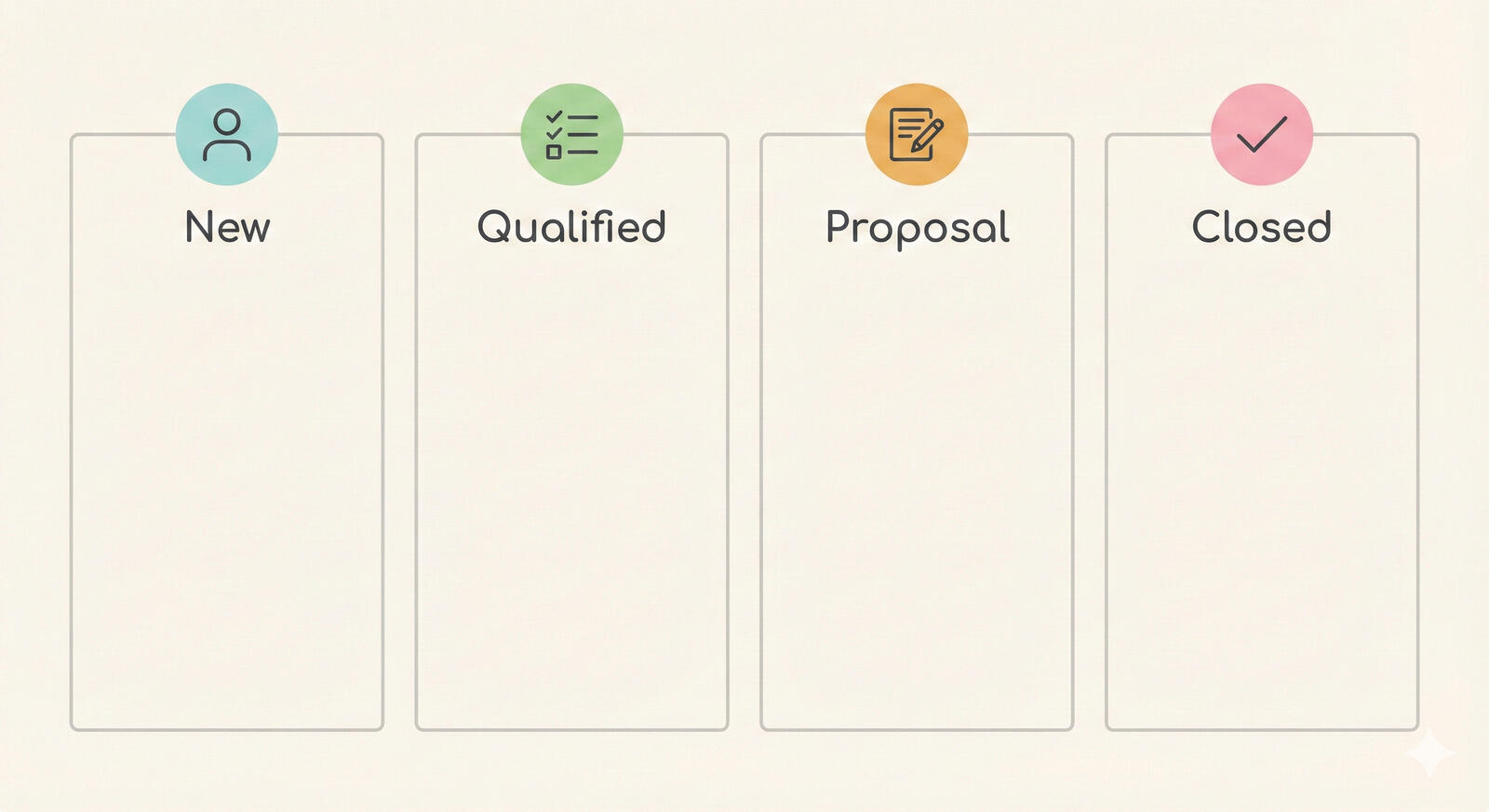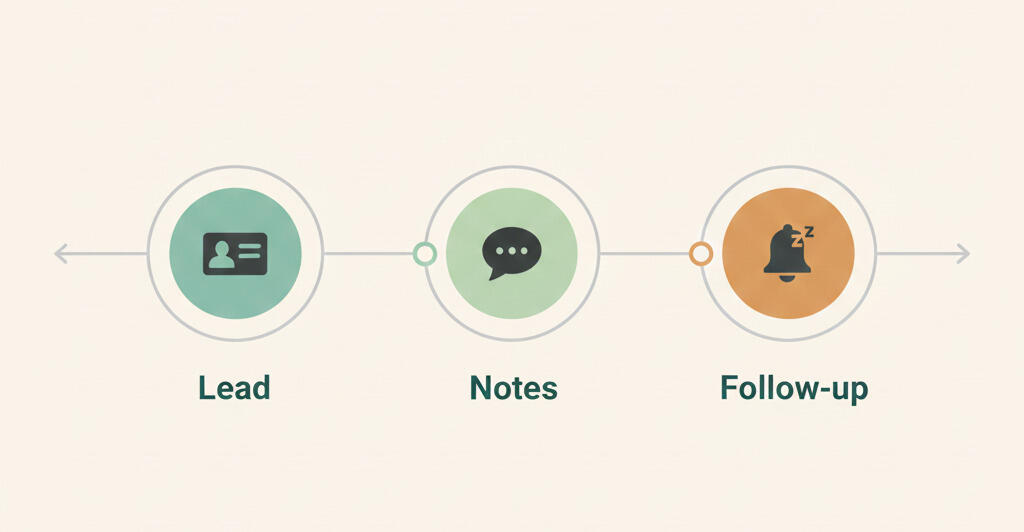Task completion analytics - lead and cycle times
We just released an update to the project analytics, now it's even better. Before you might have missed the option under each project. A really good chart that shows you how long tasks take to complete. We gave it superpowers and moved it under the Reports page.

Why is it better now?
You can use all the report options - filter by project, users, task lists, tags and statuses. This helps you drill down and see exactly what you need to do to improve. This makes it more powerful and flexible, better analytics and better insight.
Another powerful feature is the ability to bookmark and share the analytics with everybody. This is the new feature we recently release. Here's the guide, if you missed it https://www.breeze.pm/blog/152-share-your-progress-with-public-reports.

We also added extra information to the chart. At the bottom you can see how long the tasks have stayed in each list. It has statistics with average time and total time. If you include multiple projects in the report then we combine all the list by name. A very good way to get the big picture from all your projects.
What is it good for?
You may ask what is it good for or what can you do with it. The basic idea is to improve your efficiency and give answers to some common questions.
· Do you know how long your tasks stay on the project board?
· Do you know how long your clients are waiting for a response?
· Do you know how long people are working on tasks?
· Do you know how long it takes to complete a task?
· What tasks are taking long to complete?
· Where's room for improvement?
You can find answers to these question using the chart and improve your lead and cycle time.
You may have heard the terms lead time and cycle time before. They are often used in agile project management to measure different kind of progress and efficiency in your projects. Here is a short and easy to understand explanation of what exactly is lead time and cycle and how they can help to improve your everyday work.
Lead Time
The lead time is the time from when a task is added to the board to when all work on this task is completed. It can be the total time a client is waiting for a new feature to be added or a bug to be fixed. It can also be the total time it takes for you to complete a new piece of furniture.

The lead time is the time and not the effort. You can have a lead time of 10 days and only have to work 1 hour to complete the task..
Cycle Time
The cycle time is only the amount of time that the team spent working on a task. Without the time that it spent just waiting on the board. The cycle time should be started measuring when the task enters the "Doing" column. It's the point when you actually start working on the task.

Cycle time is also not the effort. It's not possible to have a shorter lead time than cycle time. Usually lead time is a lot longer.
From a business perspective you should always try to improve your lead time. You can make your cycle time better just by changing your internal processes or tweaking the board layout. What your customers or clients are seeing is the lead time, they don't have access to your processes or the board. For them, the tasks can seem to take forever to complete, when in fact the task was completed in a couple of hours.
Improve your Lead and Cycle Time
To improve your lead and cycle times you need an easy way to monitor the statistic. The new chart makes it readable and accessible at any time with no extra effort from you or your team.

You can instantly see tasks that are taking too long to complete. Move your mouse over the small dot and you'll see all the details - how long the tasks has stayed in each list.
The other good use for this chart is seeing the lead times over time. A simple look at the spread of the dots speaks more than a thousand words and gives you a better idea of how your business is doing than a dozen hundred-page-reports. If the tasks start to take more time to complete then you know that you need to take action.
The easiest way to use the new report is to have the default filter options and it'll give you the lead time chart - the most important aspect that you need to improve. You can also calculate the cycle time by including and excluding certain task list. It depends on your project board setup but is easy to figure out.








